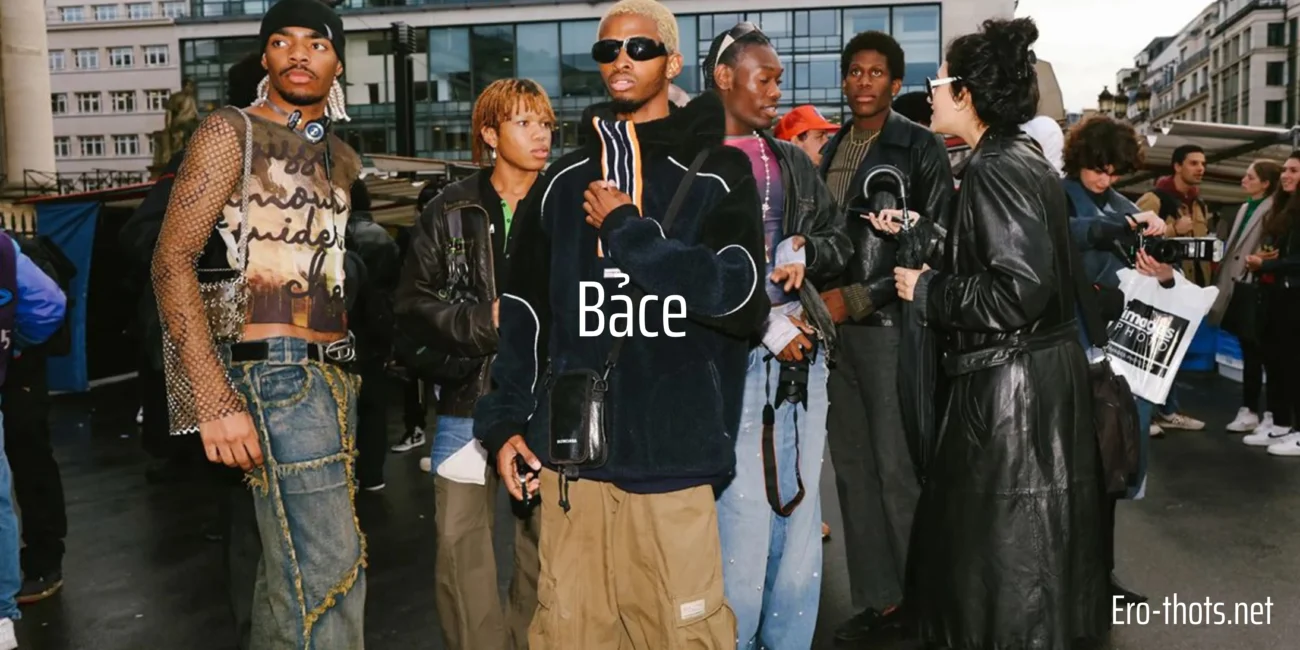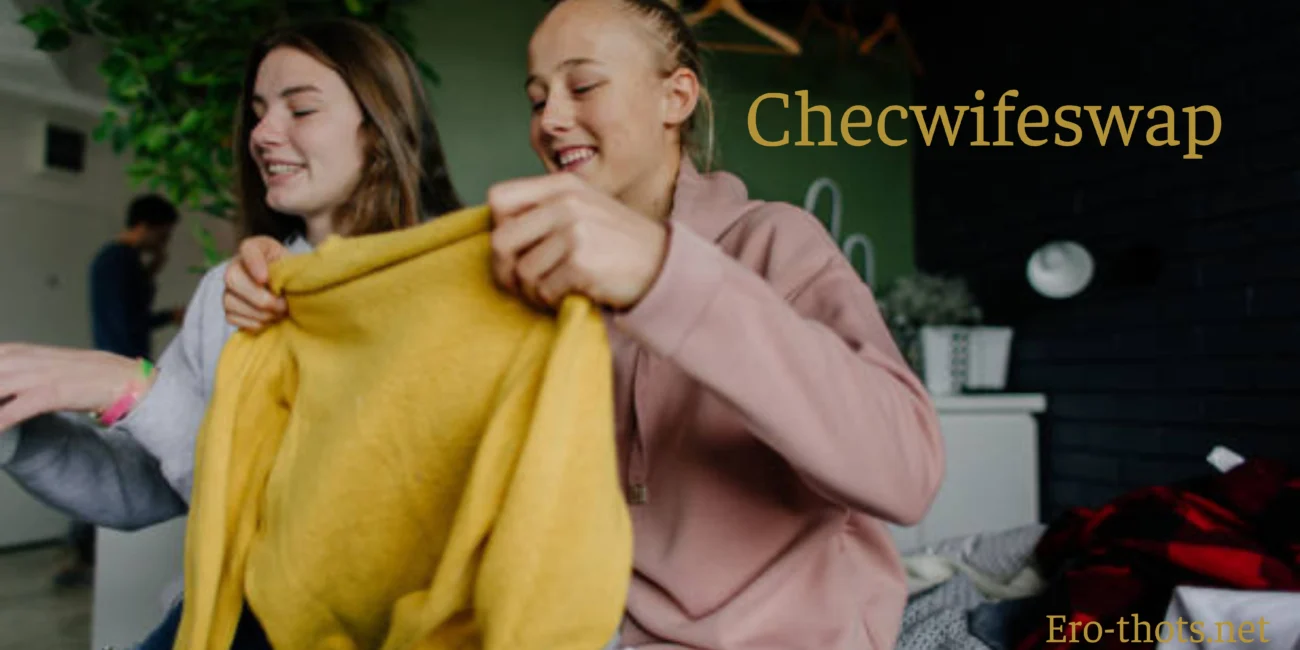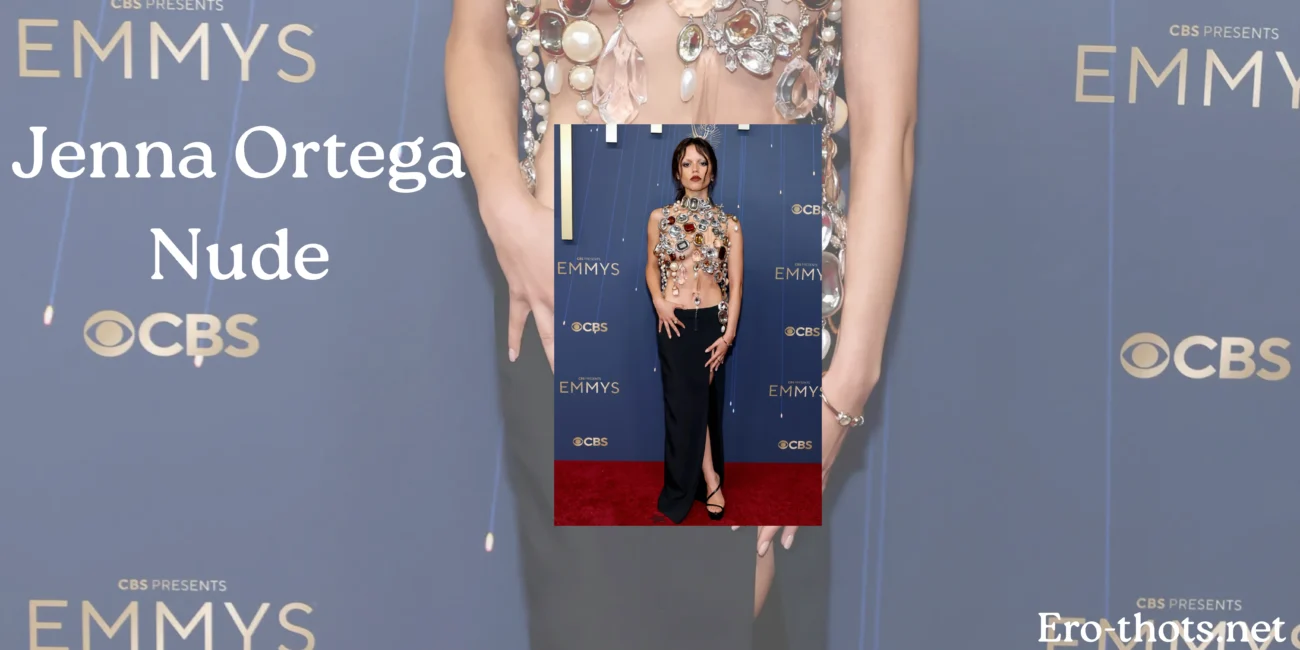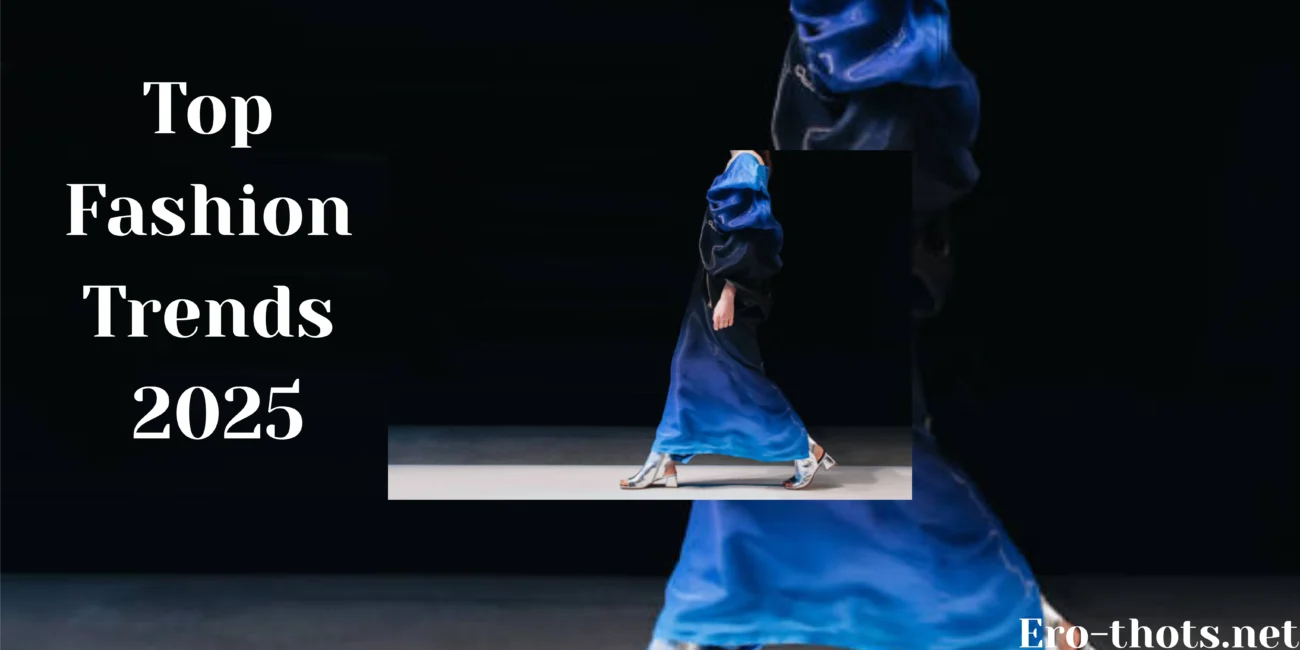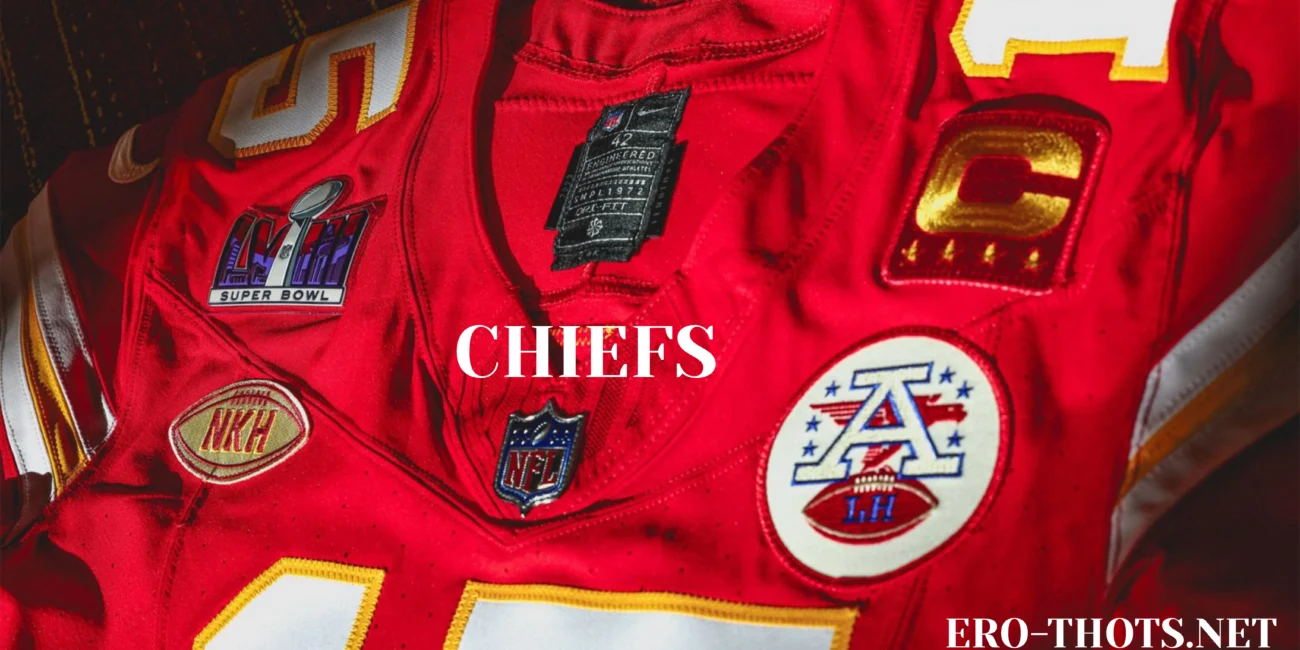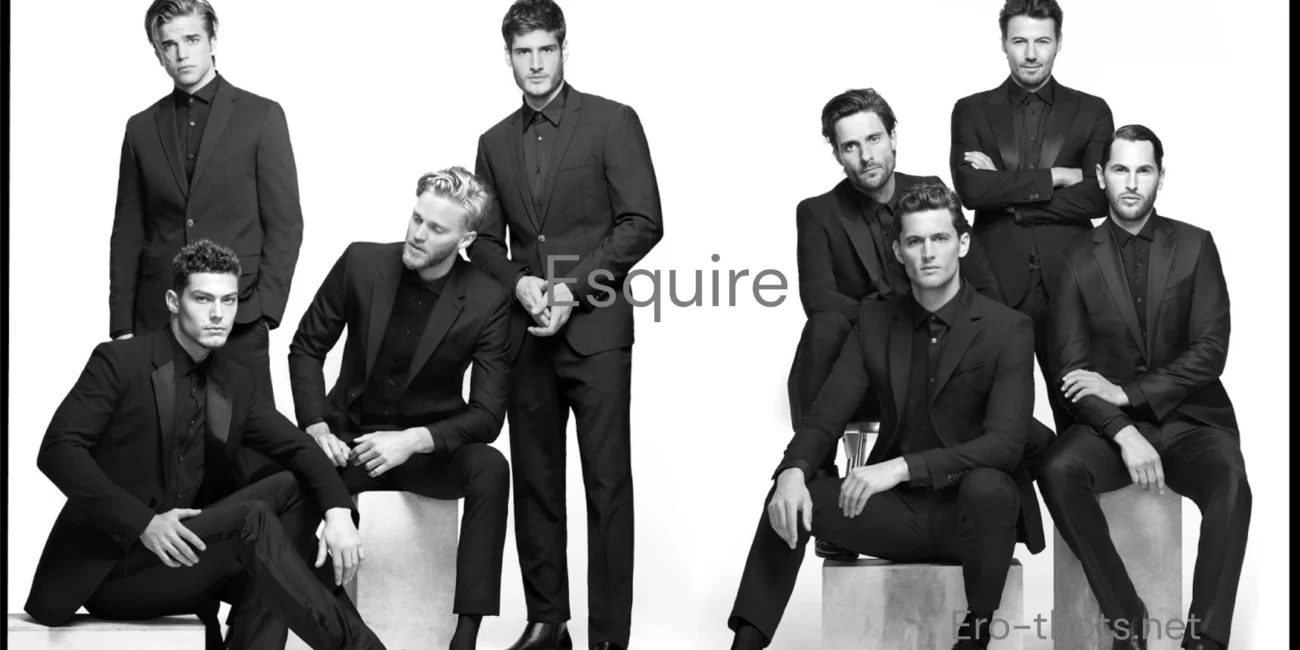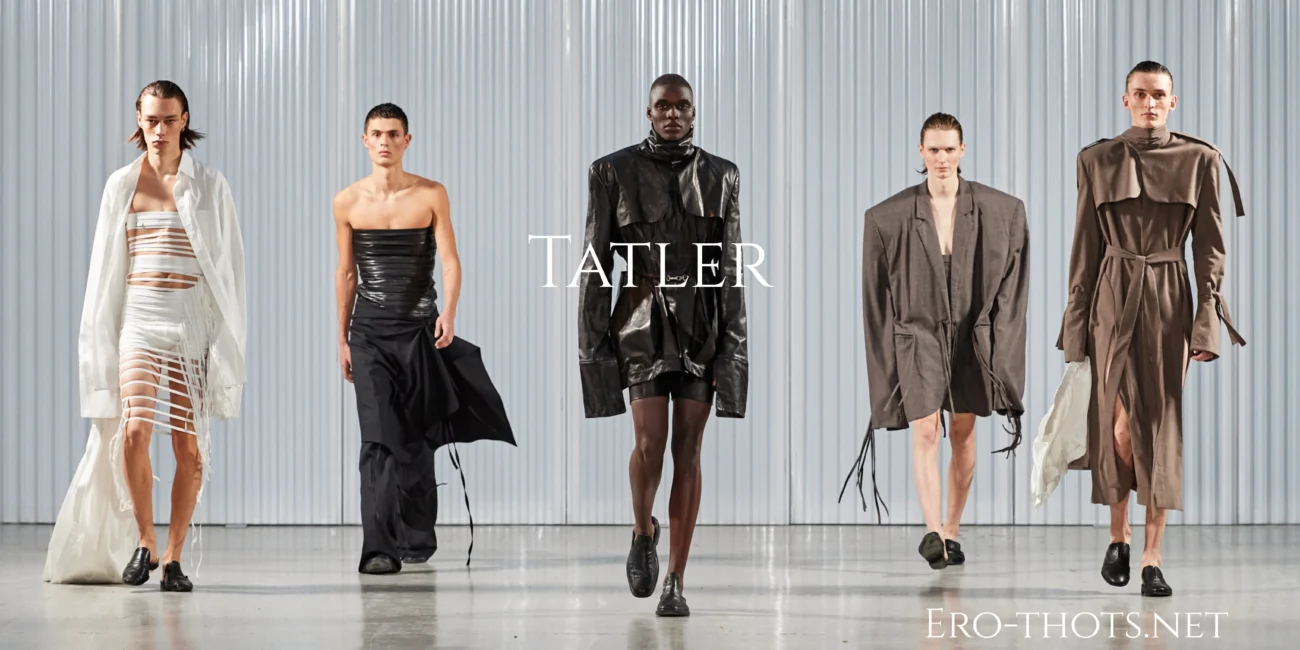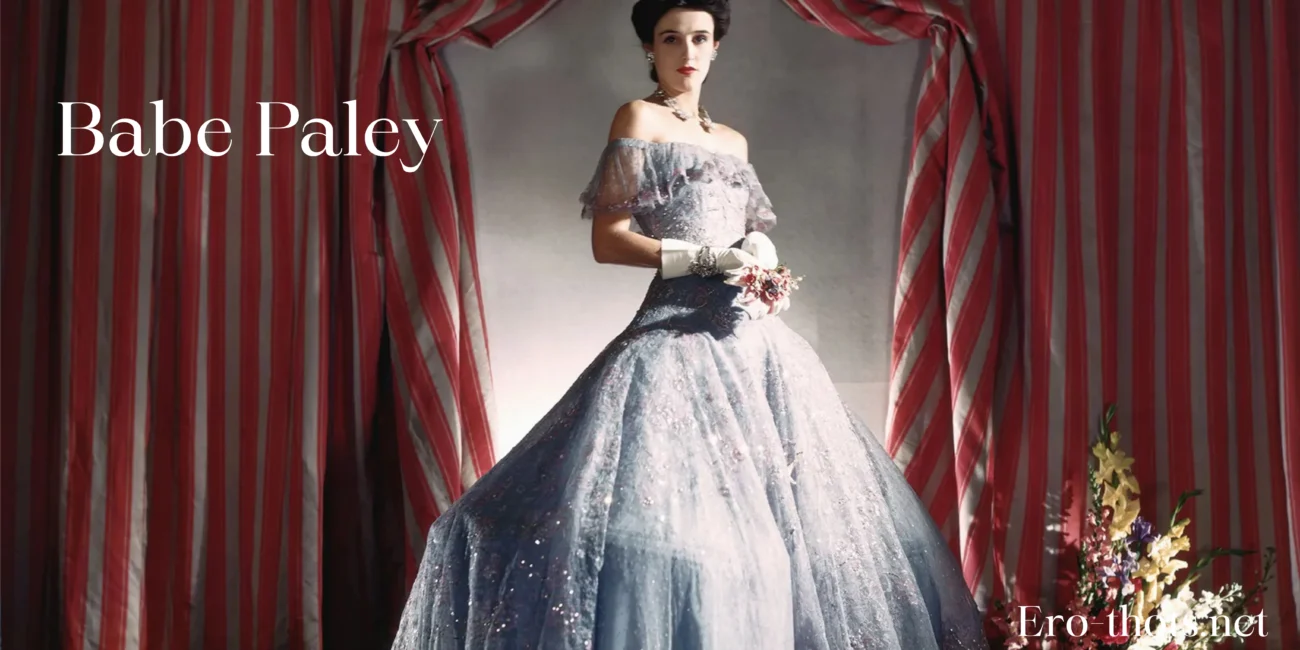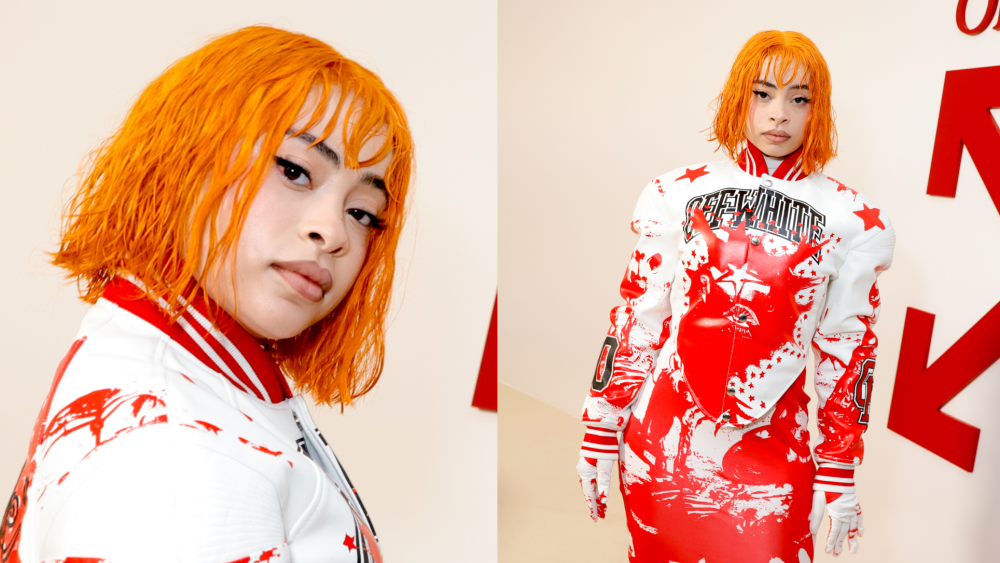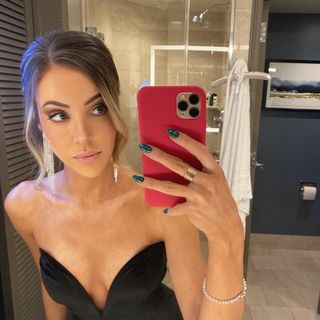Blog
The Style Guide of Clarence Thomas: Enhancing Professional Image through Power Dressing
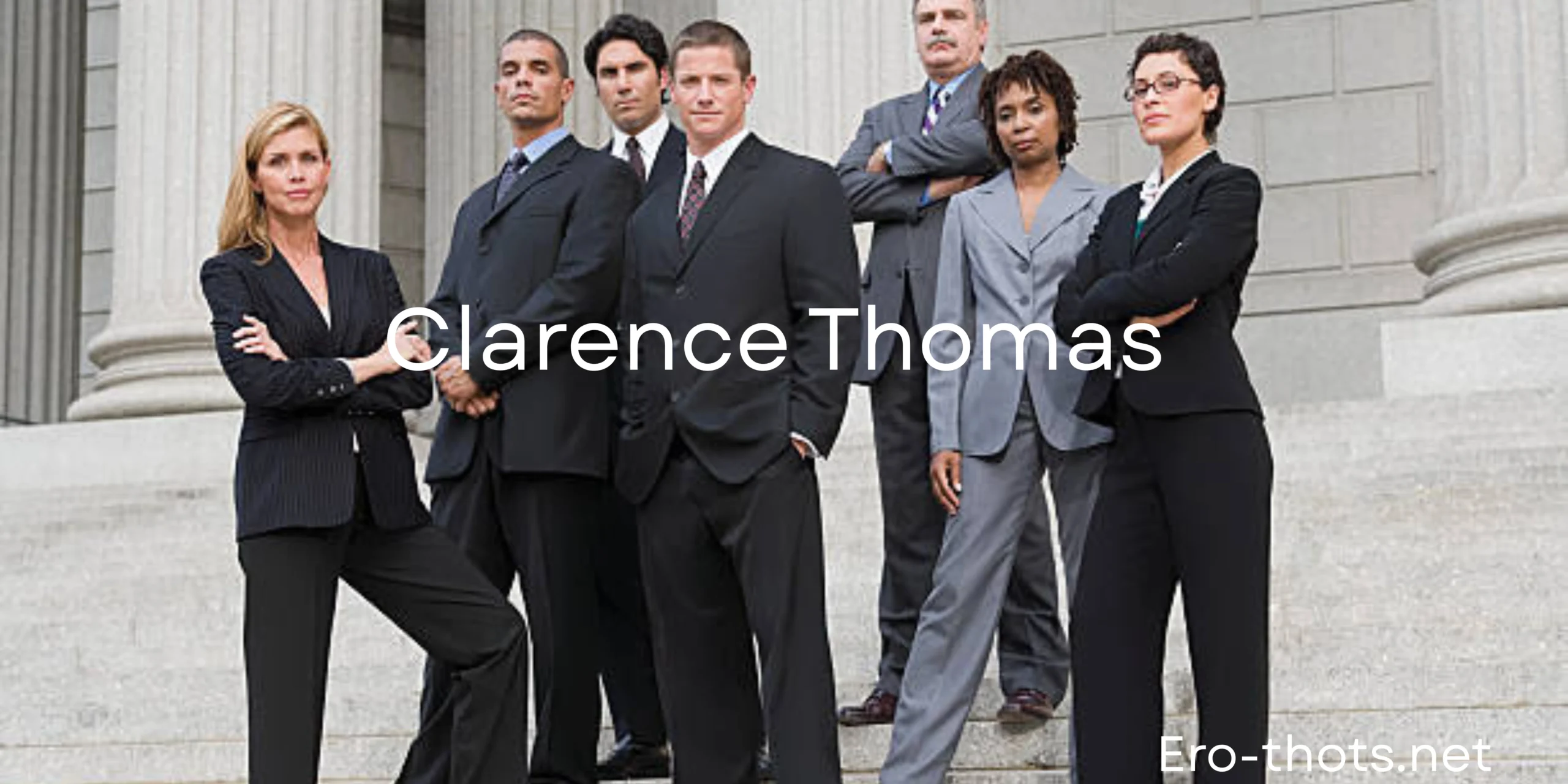
There are few people in this universe who personify the juxtaposition of supreme authority and supreme sartorial sense like Supreme Court Justice Clarence Thomas. His fashion choices are an embodiment of conservative sophistication, and are a master class in using classic menswear with just the right amount of craftsmanship and details for an appearance of unquestionable authority and gravitas. The notions of this distillation of style would serve anyone in a professional context, whether you work in the law, business or any field calling for professionalism.
The basics: Supreme Court Quality Slacks
Each of the examples of Justice Thomas’s professional dress includes perfectly tailored suits made of conservative fabrics, mainly navy, charcoal and black. These are not off the rack, and they are not ordered just by important measurements, but by a precise fit with every measurement in relation to others. The jacket sits perfectly on the shoulders, the sleeves turn correctly with the right piece of dress shirt cuff, and the pants break sharply without puddles of fabric pooling at the shoe.
The Power Suit Anatomy
| Suit Element | Clarence Thomas Standard | Professional Impact |
|---|---|---|
| Color Palette | Navy, Charcoal, Black | Projects authority and seriousness |
| Fabric | Wool, year-round weight | Professional appearance in all seasons |
| Fit | Conservative, structured | Commands respect, classic silhouette |
| Button Style | Two or three-button | Traditional, time-tested formality |
The Judicial Robe Effect: Establishing Authority
Though most of the time we see Clarence Thomas in judicial robes, his suits underneath are equally pristine. This is true for every profession—what you wear underneath your lab coat, business jacket or uniform matters. Quality creates confidence that emanates, even if partially obscured.
Conservative Color Theory
The Clarence Thomas approach avoids colors or patterns that are too trendy. Solid colors dominate, with only rarely and subtle pinstripes. This is not boring, but a tactic to make sure your ideas and expertise promote you, instead of your attire. In high stakes professional contexts, judging conservatively removes some outside obstacles and biases.
The White Shirt Principle
Notice how both kinds of judicial figures typically favor crisp white dress shirts? There is wisdom in this practice. White shirts tend to photograph well, go with all colors of suits, and indicate cleanliness and attention-to-detail. In professional settings, your shirt rotation should be mostly white, but light blue is an option too. You should not have significant patterns—at the very most, thin stripes.
Neckwear as Statement
Ties mostly worn by Justice Clarence Thomas lean to the traditional: repp stripes, understated patterns, conservative widths. Nothing silly, loud, or too narrow that will feel dated in a couple years. When wearing a tie, it should compliment your suit—never compete. Burgundy, navy, and understated patterns will work universally.
The Shoe and Accessory Standard
You can start with quality leather oxfords (black or dark brown). Keep shined and polished to your best ability, each wardrobe choice will be undermined be scuffed shoes. Accessories should stay minimal: old-fashioned watch (leather strap or minimalist metal bracelet optional), wedding band, and perhaps some subdued cufflinks. The principle to follow here is restraint. Each piece serves an obvious purpose, however must not draw attention in itself.
Applying as a Supreme Court Style
You don’t need to be a justice of the supreme court to apply these principles. In fact, the Justice Clarence Thomas approach works for attorneys, executive or senior managers, bankers, consultants, and anyone in industries where people evaluate credibility and authority. To start become familiar with the or assessments with a couple of excellent suits, about 5 white shirts, 3 traditional ties, and 1 pair of quality oxfords. Continue to build as budget allows, as always, prioritizing fit and quality over accumulating items.
The Professional Grooming Component
Impeccable tailoring requires equally impeccable grooming. Hair should be cut and styled professionally; facial hair, if one has any, should be trimmed and clean; and overall appearance should be clean and fresh. We want to look like we have our lives together—people are skeptical of those individuals who cannot keep themselves together; it is about your ability to manage professional responsibilities that are often not demarcated with clearly defined parameters.
Frequently Asked Questions
Q: Is this style too formal for 21st-century workplaces?
A: It depends on your profession or occupation, but this is gold standard in professional appearance for law, finance, and traditional corporate environments. For your profession within technology and/or creative professions, simply use good quality and fit while loosening the approach in terms of formality.
Q: What is a typical investment in a professional wardrobe?
A: Men invest $500-$1500 for a quality suit. It is better to have one high-quality suit then three low-quality suits. Throughout your career, only add when there is a reason (career advancement or budgetary increase).
Q: Can a woman have the Clarence Thomas-level of professional style?
A: Of course, both the concepts of color (conservative colors), tailoring (fit), fabrics (high quality), and accessories (minimal) apply to women’s professional suits.
Q: Is there any other practical option rather than trying to wear a suit?
A: Yes. A blazer and trousers in similar color choices are a level of formality generally accepted. Staying at a level of formality and attention to detail in the level of presentation is key. It is not the exact suit.
Q: How often should I refresh my work wardrobe?
A: Properly maintained classic items will last for many years. When things start to wear you can replace them. Update your work style by gradually incorporating a more current silhouette into your wardrobe, while avoiding “trends”.
Q: What is the biggest misstep for professionals when it comes to their work attire?
A: The greatest misstep is fit. A $300 suit that fits well will always look more presentable than a $2000 suit that looks sloppy on the wearer. Always allow for tailoring in your budget.
Disclaimer
This article examines the principles of professional menswear using public personas as examples of style. It does not seek to endorse or criticize anyone’s political beliefs, judicial philosophy, or personal views. This article provides fashion advice that is general in nature for professional spaces and should be supplemented with a consideration of workplace culture, field-specific industries, and your own personal style. The investment referenced in this article will vary depending on location, and retailer, and are approximate. Professional dress codes vary significantly by profession and geography, please see your workplace dress code for specifics. This article is for the purposes of information and does not offer professional styling or career advice.



